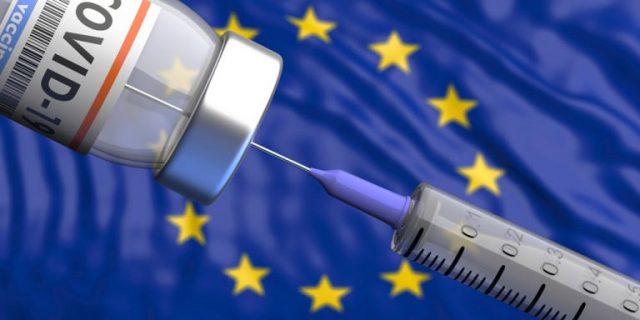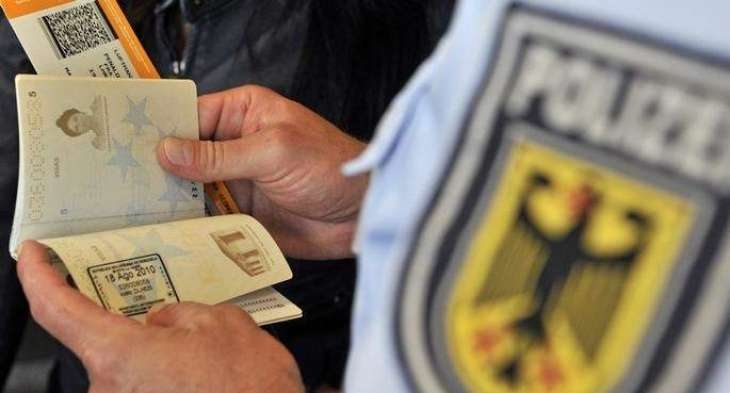The Council today adopted a recommendation amending the recommendation on a coordinated approach to the restrictions of free movement in response to the COVID-19 pandemic.
Under the updated recommendation, a new colour (dark red) is added to the existing categories of green, orange, red and grey in the weekly map published by the ECDC. This colour will apply to areas where the virus is circulating at very high levels, including because of more infectious variants of concern. These are defined as areas where the 14-day cumulative COVID-19 case notification rate is 500 per 100 000 people or more.
Member states should discourage all non-essential travel to red and dark red areas, while at the same time seeking to avoid disruptions to essential travel.
Member states should require persons travelling from an area classified as dark red to:
– undergo a test for COVID-19 infection prior to arrival
– undergo quarantine/self-isolation
Similar measures could apply to areas with a high prevalence of variants of concern.
Given the increase in COVID-19 testing capacity, the recommendation is also amended to give member states the option to require travellers coming from orange, red and grey areas to do a test before departure.

Transport workers and transport service providers should in principle not be required to undergo a test. Where a member states requires them to undergo a test, rapid antigen tests should be used.
People who live in border regions and cross the border daily or frequently, for instance for work, study or family reasons, should not be required to undergo testing or quarantine/self isolation. If a testing requirement is introduced, the frequency of tests on such persons should be proportionate.
These updated measures are a coordinated response to the rise of infections and the risks posed by the more transmissible new variants of the virus within and outside the EU. They follow the recommendation by the European Centre for Disease Prevention and Control (ECDC) to avoid non-essential travel, in order to slow down the importation and spread of the new variants of concern.
By acting in a coordinated manner, member states aim to prevent the reintroduction of internal border controls and to ensure the free movement of goods and services is not disrupted.
Source: www.consilium.europa.eu





Comments are closed for this post.